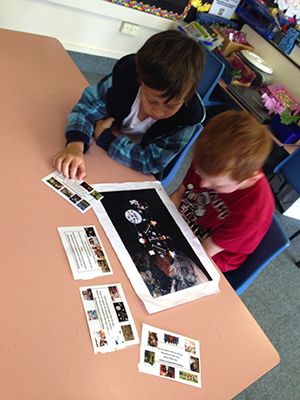
Just Imagine schools decades from today – 他們將是什麼樣的?
博士. 布賴恩·安南(Brian Annan)是“學習與變革網絡”的項目總監 (LCN) 從十月開始的策略 2012 到六月 2015, an initiative funded and supported by the New Zealand government and Ministry of Education. The strategy concentrated on supporting 53 networks involving 350 schools and communities to identify and address achievement challenges among students performing below national standards. 六月 2015, Brian set up a new company, 無限了解有限公司, with co-director Mary Wootton, the lead facilitator from the LCN strategy, to explore the merger of learning and wellbeing. We invited Brian to share his vision for schools of the future in 全球搜索教育.
未來學校將如何更環保意識?
Schools of the future will be far more focused on ecological learning for community and environmental improvement. There is at least a century of real-life improvement projects in communities and the environment that kids and adults can work together on to adjust the health of our planet. But most schooling systems and communities around the world including NZ are not prepared for that agenda just yet. There are pockets of innovation but overall the rhetoric of change is way ahead of actual movement towards new learning arrangements for children and young adults to contribute meaningfully to our planet’s health.
It will take the whole schooling system along with families, communities and businesses activating their agency to make the shift towards ecological learning.
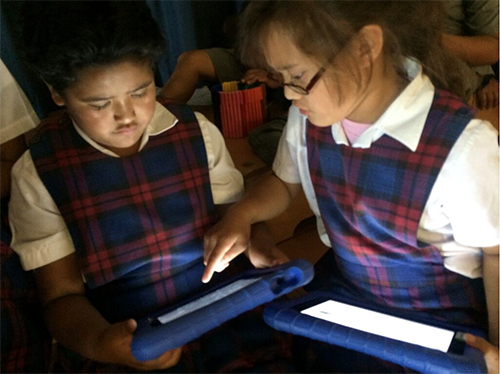
未來學校將如何更加包容性的全球?
Many schools are in the process of becoming globally inclusive. The first step is to become linked to the globe. The diagram below shows how we conceptualized a link from the classroom out to the wider world in LCN. 我們使用數字工具為班上的老師和學生創建了圖像,他們可以通過這些工具訪問家庭, 社區, the environment and the world at large through the internet. It was used with network leaders to motivate them to go back into their schools to analyze and improve their current arrangements for local and global connectedness.
How will schools handle this global citizenship and, 同時, retain cultural identity going into the future? Is global inclusiveness about exposing and retaining cultural diversity? Or is it about exposing the diversity of culture and, in so doing, creating global commonalities that diminish the uniqueness of each culture? LCN design was about taking those sorts of debates down into schools and communities so that teachers, students and families could think carefully about the changes they were thinking about making.
如何將技術融入課程和學校將如何處理在技術不斷進步的融合?
Students in LCN schools outside of Manaiakalani, particularly those in families with limited resources, were overwhelmingly appreciative when their school leaders invested in modern digital devices for their use.
Technology is an enabler. It is about replacing pencil, paper and books. Earlier in history those learning tools replaced slates and centuries before that, etchings on cave walls.
My view is that there are three categories of the way schools, or individuals within schools, typically deal with current and on-going technology integration into the curriculum.
- The first category is the enthusiasts, such as the Manaiakalani leaders, that choose to lead the integration process. They are quite happy to deal with all the messy and difficult situations that inevitably arise. They also have the vision of reaping the benefits of business partnerships by being out in front.
- The second category is those that wait a while until the messiness is under control. They then utilize integration systems and processes that are working well.
- The third category are those stuck in the past and technology integration is like acid rain. They wait for it to rain down on them and it is at that point that they take it on because they have to.
傳統的工藝工作,寫什麼會留下?
Traditional craft work and writing is probably heading in the same direction as horses on roads in modern cities. You don’t see horses on roads any more. You see them in paddocks and in parks. It was a big deal when the transition happened from horses to cars, but it is not any more. We’re now in a similar transition from traditional craft work and hand writing to digital mediums. 終於, and probably not too far away, craft work and hand writing will be on the side to look at as something a few die-hard enthusiasts continue to do but mainly humans did back then.
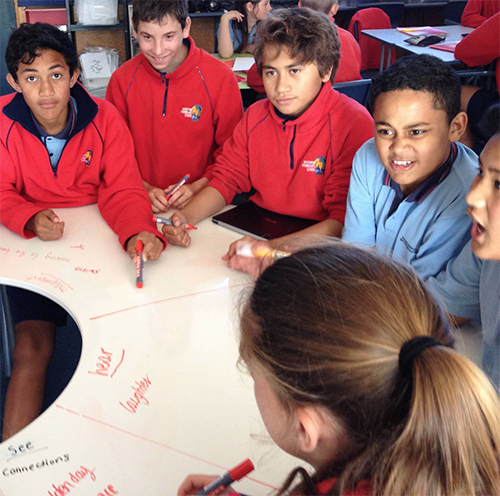
鑑於博物館和企業架構集成,技術和媒體的新趨勢到他們的物理空間和基礎設施, 將學校演變以類似的方式?
是的, they will. Education systems tend to follow successful business practice, but sometimes that can take a decade or longer to happen. Our input into the LCN design picked up on the lateral learning within the commercial culture of businesses in Silicon Valley in the 1980’s when that valley became the global leader in computer technology. Competing companies in that valley formed collaborative networks. They encouraged employees to learn across the firms and feed the ideas back into the industry across the valley. All the firms in the collaborative arrangement picked up on new ideas quickly and valley-wide advancement accelerated.
Going back to the question, some schools already have integrated technology and media into the fabric of the way they do things. One version of integration is to build the infrastructure within the school site as the hub for development. Manaiakalani is one cluster of schools that is well down the track in this regard. 該 “Learn, Create and Share” pedagogy includes a multi media/tech culture that includes digital links between the schools and homes, community television and film festivals and links to government agencies and local, national and international learning and business partnerships. Manaiakalani constantly pushes out the boundaries of learning possibilities using a centralized, but by no means exclusive, infrastructural model.
Another version of integration is to extend the school boundaries out into the museums, libraries and corporate and environmental communities. Those places are potential sites for learning and development whereby our youth contribute to community and environmental improvement. So the community at large rather than the school or network of schools is seen as the vital engine room for integration of technology and media. In this version, school learning is just one of many approaches situated within holistic community-based learning.
鑑於互聯網和家庭學習效率, 多少時間將需要在校學生?
My belief about future engagement in school is that some students will not see the need to go to school at all. Others will see the need to be at school for some time but not always, and others will enjoy going to school as often as possible – 如果, 事實上, schools survive as day-care centers. This arrangement will be different from the past when students had to attend school whether they liked it or not – systems will be put in place for accreditation of learning both in and out of school. What students do in school when they do go will vary from structured to free-ranged learning and the same will occur out of school in homes, 會所, hobbies and hanging out with buddies. It is also my view that this phenomenon is already well on its way to fruition. Manufacturing the phenomenon so that it becomes the norm is a priority for the future, particularly for students challenged by formal learning. LCN-type projects will manufacture personalization for some students but not all. My prediction is that all students will experience personalized learning when the schooling system invests in student-lead innovation.
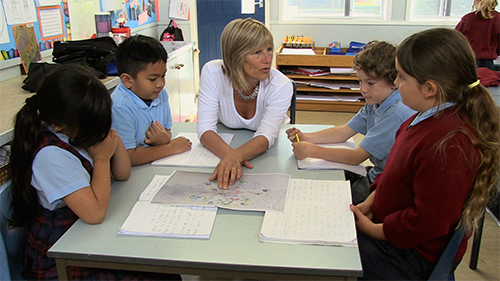
物理教師的存在將多麼重要?
If hierarchies continue to erode and technologies continue to grow in sophistication, teachers and schools as physical entities are likely to diminish in importance. 然而, the notion of a teacher in the broader sense of the word is likely to remain valued for a considerably long time.
This search for the balance between formal and informal learning leads to a couple of thoughts about teachers. One is the extent to which the interest-based lateral learning could take over some or all of the formal academic teaching arrangements. The second is the possibility of formal academic learning becoming fully redundant as digital mediums strip out the necessity for humans to learn technical aspects of language, numeracy and science. Those thoughts conjure up new images of teachers – connectors within and across communities-of-learning-interests that form in a meshed network environment. Scary? No scarier than driving a car instead of riding a horse!
將技術進步導致進一步的教育,個別學生的個性化還是會還增加了標準化的技術 - 官僚需要?
Much of the structure-to-freedom learning continuum to create personalized learning has been heavily influenced by technology advancement. As that advancement continues, scope for freedom continues to grow. Why on earth would any human, bureaucrat or techno-geek, want to standardize diverse learning interest? There are of course considerations around ethics, societal values and citizenship. LCN discussions and actions did get into those issues. NZ schools and communities are conservative and tend to consider safety first. So small steps ahead of radical change is part of the NZ schooling culture and LCN developments in this regard were no exception.
Faced with increasing time spent on digital devices how can we teach more practical skills, 包括與壓力水平和人際衝突應對?
This question invites the merging of two significant societal outcomes around learning and wellbeing.
- Modern day learning and living is about merging digital and practical activities. Both forms of activities are important and can be complimentary. Take a modern-day artist. She paints a beautiful picture, displays it at an art gallery and sells it via twitter and Facebook. Her practical and digital endeavors combine to make her passion viable. This scenario is not uncommon as most schools, professions, trades, arts and community organizations come to terms with the merging of digital and practical tasks.
- The growth of wellbeing to counter anxiety, conflict and stress is a community-wide responsibility. It is a need that schools and teachers should embrace (and effective ones already do) but not alone. They need other government agency colleagues from welfare, 健康, police and justice alongside them as a collective teaching and care force to combine learning and wellbeing. They also need community leaders and senior family members to be part of that teaching fraternity.
(所有照片都是禮貌博士. 布萊恩其他)
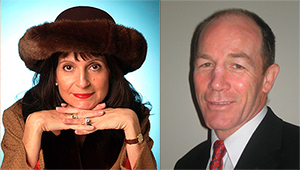

和我一樣,全球知名的思想領袖,包括邁克爾·巴伯爵士 (英國), 博士. 邁克爾座 (美國), 博士. 萊昂特司特因 (美國), 克萊克里斯坦森教授 (美國), 博士. 琳達·達林 - 哈蒙德 (美國), 博士. MadhavChavan (印度), 邁克爾·富蘭教授 (加拿大), 霍華德·加德納教授 (美國), 安迪·哈格里夫斯教授 (美國), 伊馮娜赫爾曼教授 (荷蘭), 克里斯汀Helstad教授 (挪威), 讓·亨德里克森 (美國), 玫瑰Hipkins教授 (新西蘭), 科妮莉亞Hoogland教授 (加拿大), 這位傑夫·約翰遜 (加拿大), 太太. 尚塔爾考夫曼 (比利時), 博士. EijaKauppinen (芬蘭), 國務秘書TapioKosunen (芬蘭), 多米尼克·拉方丹教授 (比利時), 休·勞德教授 (英國), 主肯麥克唐納 (英國), 傑夫大師教授 (澳大利亞), 巴里McGaw教授 (澳大利亞), 希夫納達爾 (印度), Ř教授. 納塔拉詹 (印度), 博士. 吳PAK (新加坡), 博士. 丹尼斯教皇 (美國), 斯瑞達拉賈戈帕蘭 (印度), 博士. 黛安·拉維奇 (美國), 理查德·威爾遜·賴利 (美國), 肯·羅賓遜爵士 (英國), 帕西SAHLBERG教授 (芬蘭), 押尾佐藤教授 (日本), 安德烈亞斯·施萊歇 (PISA, 經合組織), 博士. 安東尼·塞爾頓 (英國), 博士. 大衛·謝弗 (美國), 博士. 基爾斯滕都沉浸式 (挪威), 總理斯蒂芬·SPAHN (美國), 伊夫Theze (LyceeFrancais美國), 查爾斯Ungerleider教授 (加拿大), 托尼·瓦格納教授 (美國), 大衛·沃森爵士 (英國), 迪倫Wiliam教授 (英國), 博士. 馬克沃莫爾德 (英國), 西奧Wubbels教授 (荷蘭), 邁克爾·楊教授 (英國), 和張民選教授 (中國) 因為他們探索所有國家今天面臨的大畫面的教育問題.
全球搜索教育社區頁面
ç. M. 魯賓是兩個廣為傳誦的在線系列,她接受了筆者 2011 厄普頓·辛克萊獎, “全球搜索教育” 和 “我們將如何閱讀?” 她也是三本暢銷書, 其中 真正的愛麗絲夢遊仙境, 是的發行 CMRubinWorld, 而且是干擾物基金會研究員.
按照ç. M. 魯賓在Twitter: www.twitter.com/@cmrubinworld


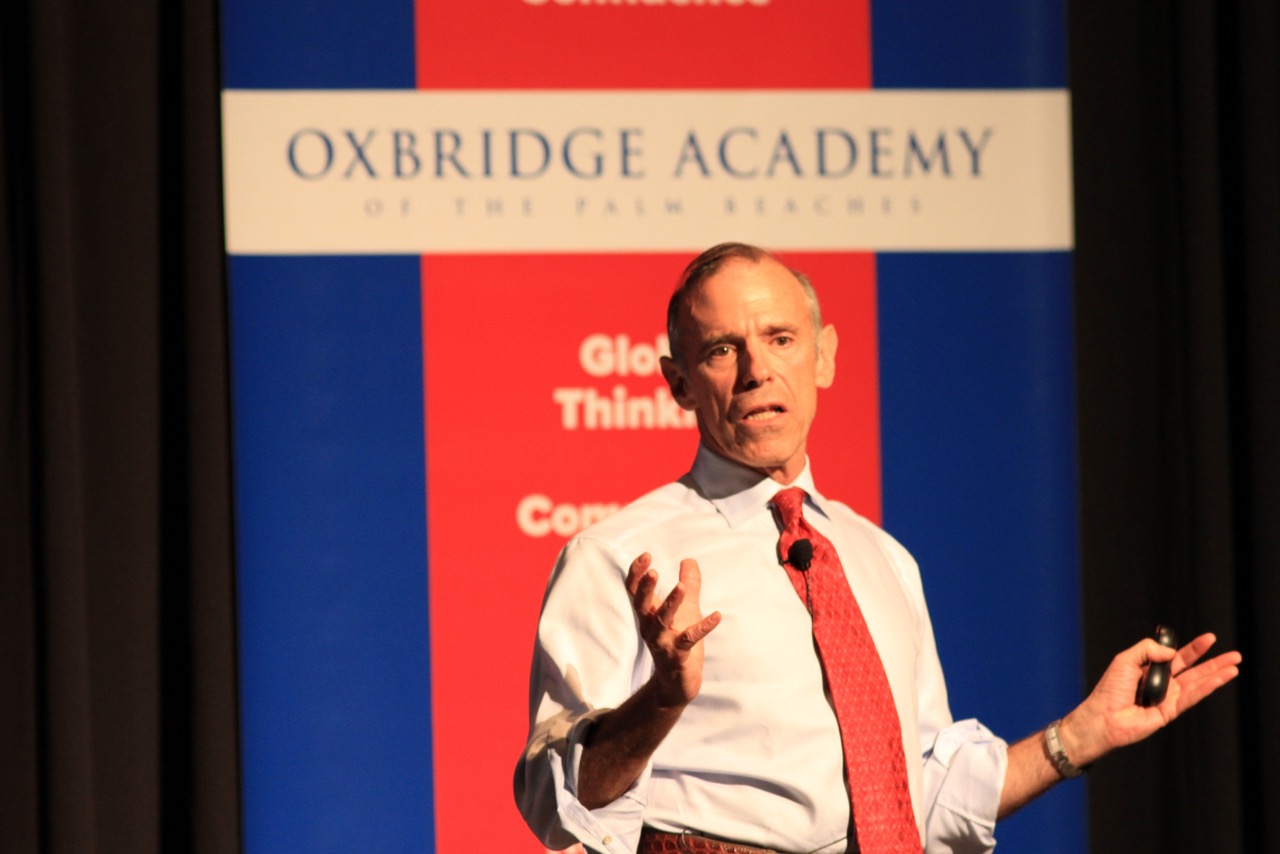
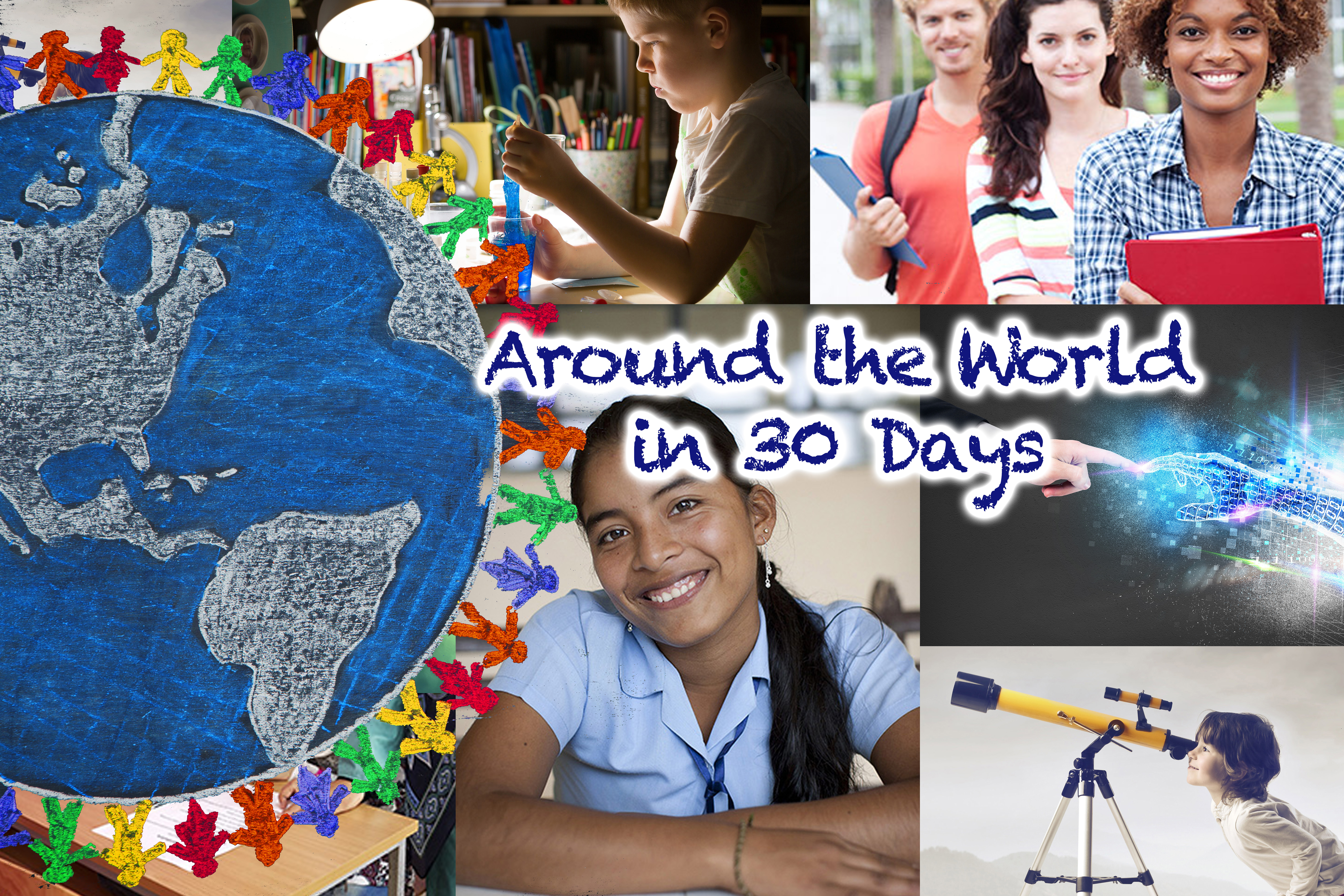
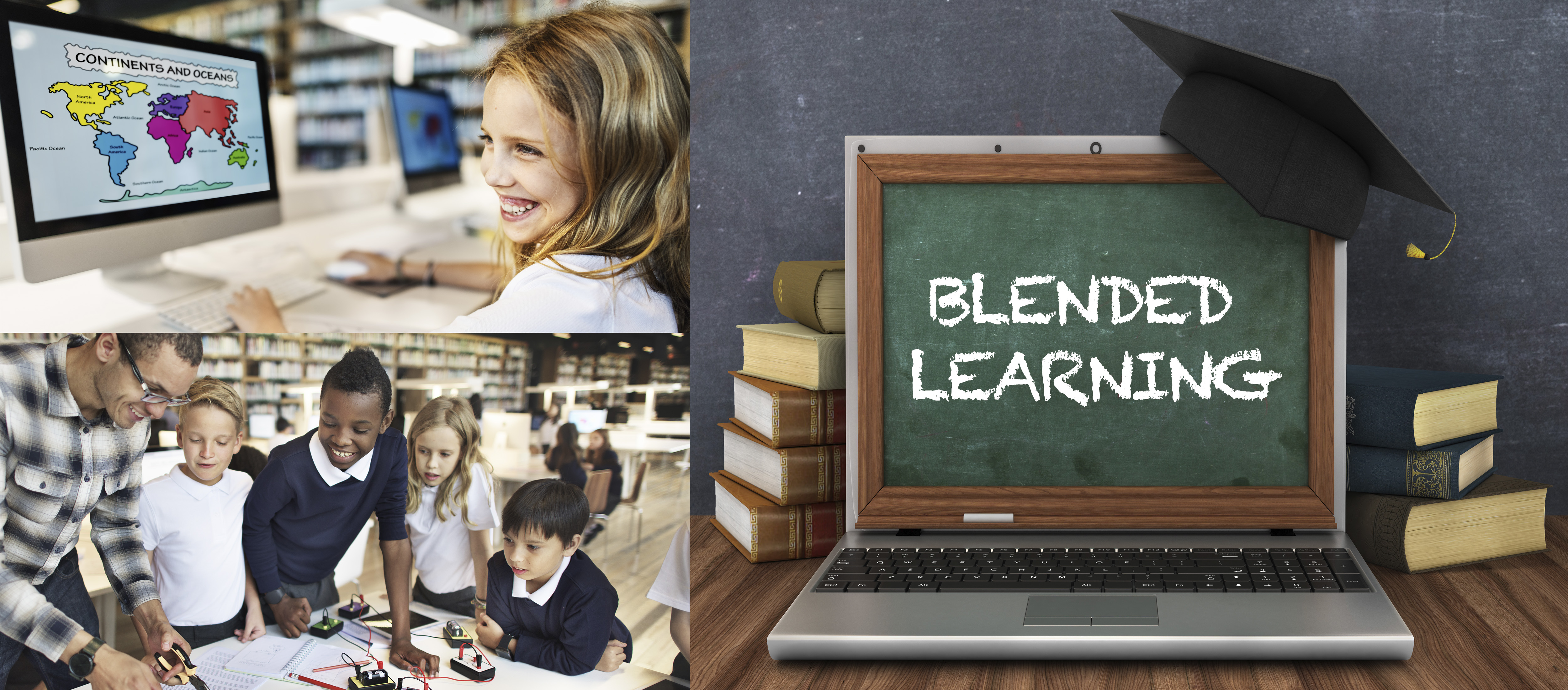
最新評論